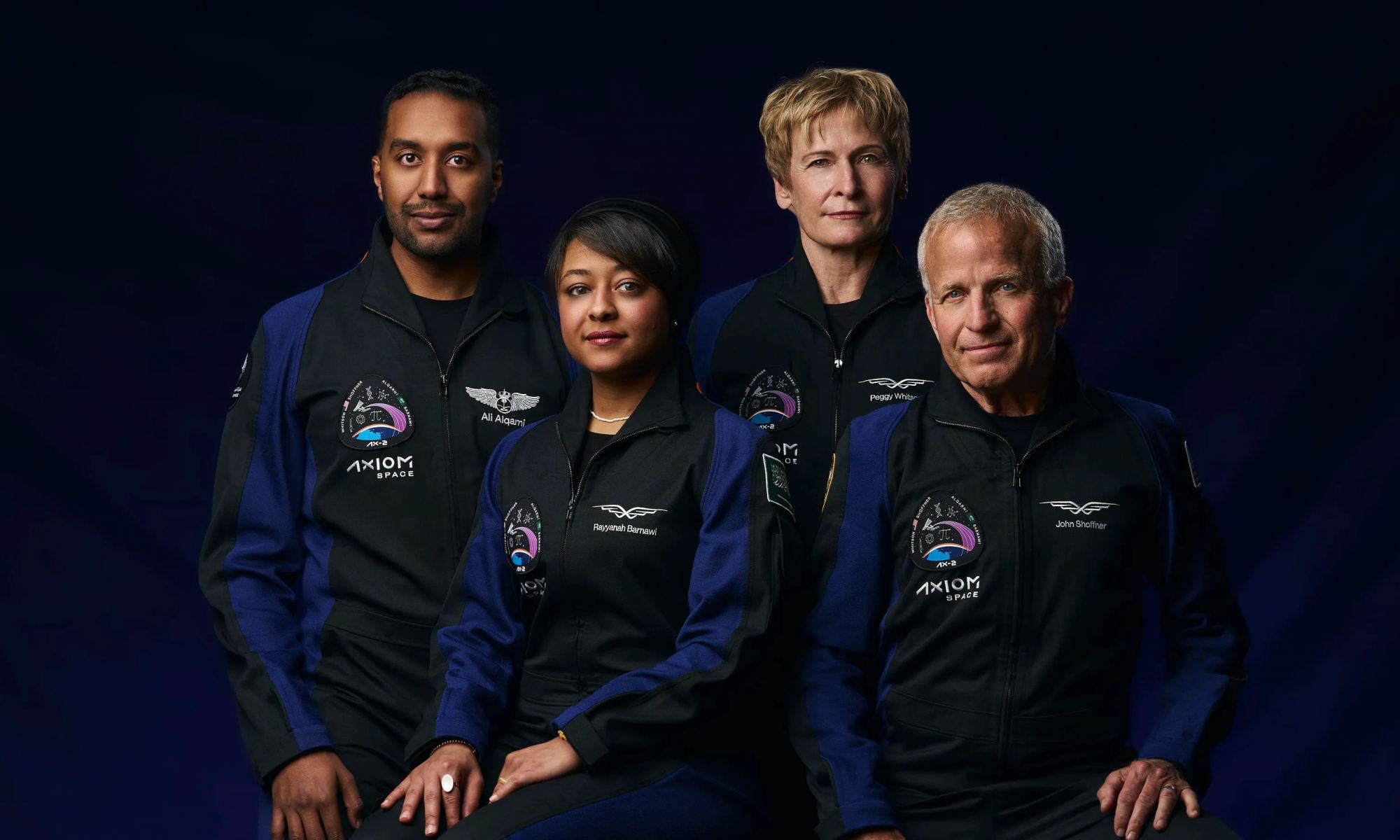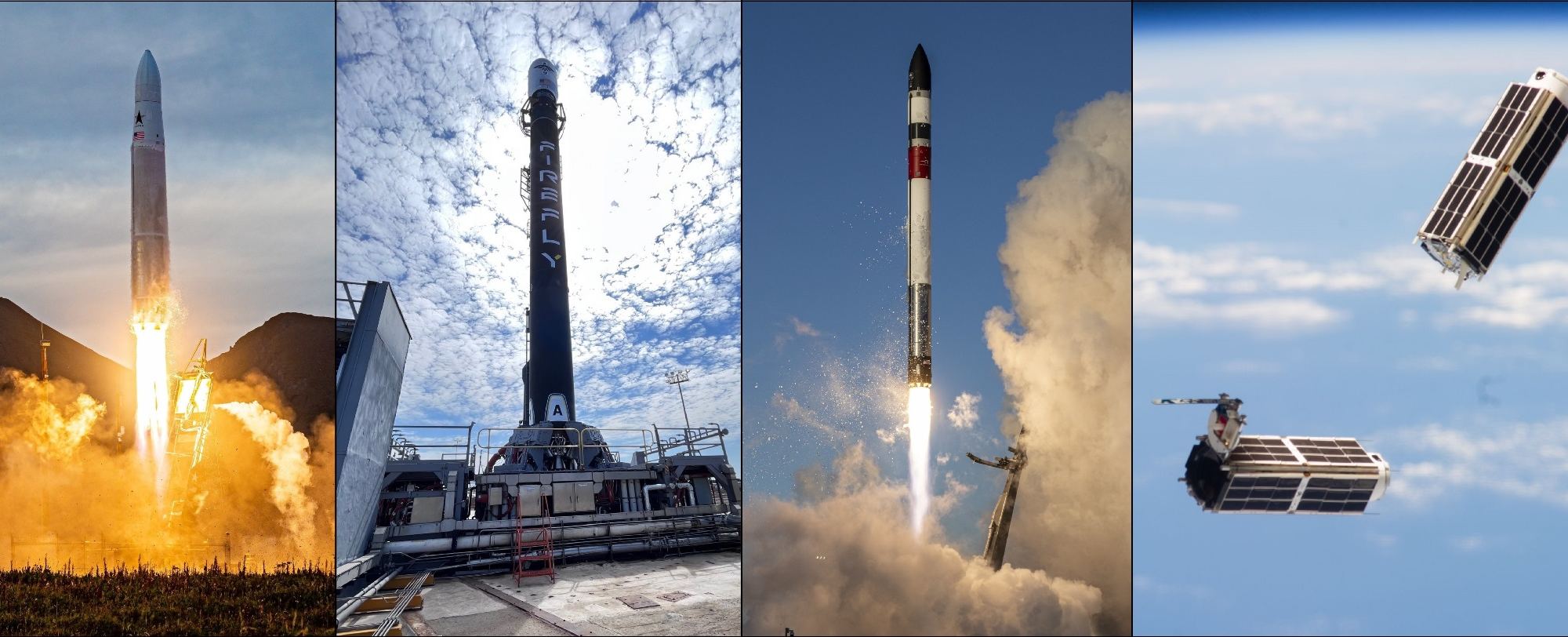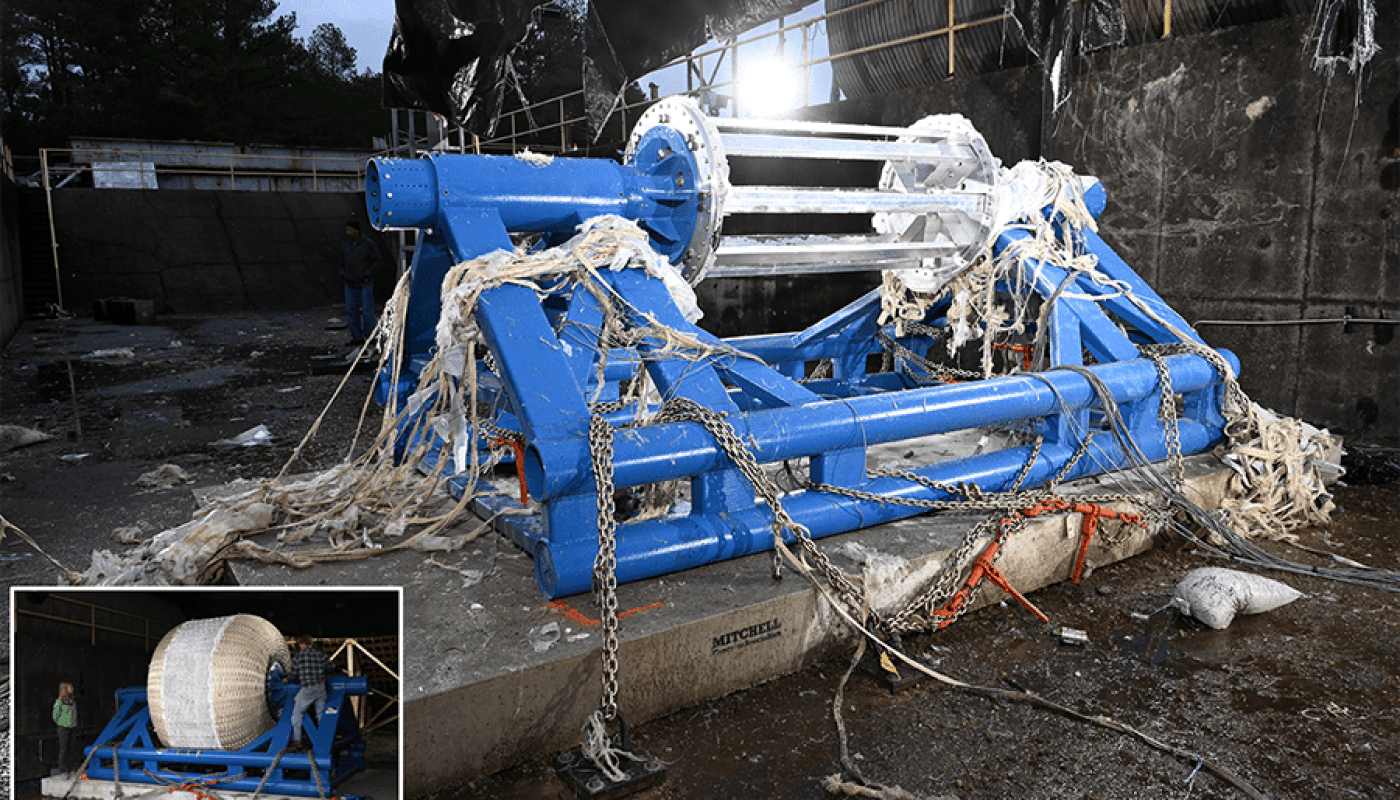With Virgin Orbit going through bankruptcy, other launch providers are purchasing various parts of the business. This week we learned that Stratolaunch’s bid to buy Virgin Orbit’s modified Boeing 747 carrier aircraft has been approved by the U.S Bankruptcy Court, enabling Stratolaunch to use the 747 to carry its Talon-A hypersonic vehicles, ideally beginning operation by 2024.
Continue reading “Stratolaunch Buys Virgin Orbit's Rocket-Launching 747”Stratolaunch Buys Virgin Orbit's Rocket-Launching 747










